Spotify’s ambivalence toward what musicians deem acceptable wages plagues the service provider. Overshadowing what seems like the ultimate exposure opportunity, it is encumbering artists and media outlets in a never-ending argument reminiscent of unionized labor disputes. With growing social acceptance for streaming services building momentum based on recent stats that show dramatic growth over the last four years, who’s really losing out when an album isn’t streaming?
The convenience factor makes Spotify a go to for just about anything music related in similar fashion to the original marriage of the iPod and iTunes (or mp3’s in general). The ubiquity of adoption in terms of Spotify’s use is even more evident when considering its user base generated through the Facebook app is around 34.46 million, which is less still than competitor Pandora’s roughly 73.4 million streaming listeners surprisingly. Despite Pandora’s larger audience, they too suffer the same quizzical problem; artists want more money. It seems that for artists to take a larger cut of streaming profits, a thought streaming music providers are squabbling over indefinitely, means imposing higher prices for the services offered or dividing up the revenue equilaterally. After all, without the musicians, what is Spotify?
The simplest consumer thinking points to one conclusion: If a user has been offered a service at $9.99 a month over the last 4 years, what are the chances that they’ll buy into the same service at an additional $1? This is a risky proposition for any service provider whose financials could take a dive if large-scale user abandonment followed rate hikes. Look what happened to Netflix after a near 60% increase in 2011. Just like taxes, people don’t want to pay more once they’ve grown accustom to paying less.
As a collector – and Spotify user – I routinely interact with music in a variety of ways. For me, Spotify is an accessory to a listening preference that is not digitally based or readily mobile. Records aren’t easy to carry around, heavy in any quantity and, most of all, fragile. What options are there? I’ve already purchased the album, contributing what has been deemed an acceptable price for the music. I go out of my way to get as close to an artist as possible, putting money directly into their hands at merch tables, which is one of the few ways to be certain revenue isn’t filling anyone else’s coffers. Sometimes there’s a download card, but it’s just as easy to queue it up on Spotify. Am I still obligated to stand with the opposition despite having actually paid for the music?
There are other Spotify users like me. Casually listening to familiar music or exploring new sounds and eventually translating that appreciation into a purchase of physical media or legit downloads. This type of consumer impact may hold a large amount of undiscovered leverage in an argument that seems to have no middle ground.
Musicians and labels with the largest catalogues stand to make the most by offering access to streaming customers. It’s always a big deal when a band such as Led Zeppelin joins Spotify because that’s what everyone wants and from a financial perspective, the labels behind these bands have long since recovered the costs associated with their releases. Ironically, the math behind the micropayment structure as explained by Damon Kurkowski of Galaxie 500 for Pitchfork provides a clear picture of the Spotify reality: for 5,960 plays of ‘Tugboat’, the bands label received a total of $9.18. Even this number is murky as he explains because of the fine print attached to the streaming royalties, meaning nobody really knows how Spotify pays artists for their music.
Foo Fighters front man, Dave Grohl, takes a hardline to the music/money problem elegantly in an article from Digital Spy:
“You want people to fucking listen to your music? Give them your music. And then go play a show. They like your music? They’ll go see a show. To me, it’s that simple, and I think it used to work that way.”
That perspective doesn’t suit everyone though, and rightly so. The notion is particularly difficult to the up-and-coming or those smaller artists struggling for exposure in a saturated market where a large portion of interactivity doesn’t move beyond selecting an algorithmically generated playlist.
Another voice often cited in opposition of streaming giants is Thom Yorke and ally Nigel Godrich, whom both vehemently disagree with the unexplained financial model responsible for artist royalties that specifically provides far less for newer bands.
Fundamentally, it’s very clear that Spotify provides little in the way of a habitat for new talent to participate, grow and earn an income. It is up to listeners to make a difference in the lives of the musicians whose music they enjoy because Spotify and Pandora aren’t going to do it for us.
The 10 Best Albums of 2014 Next Post:
Upcoming Releases and A Few Revisited
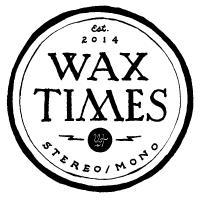
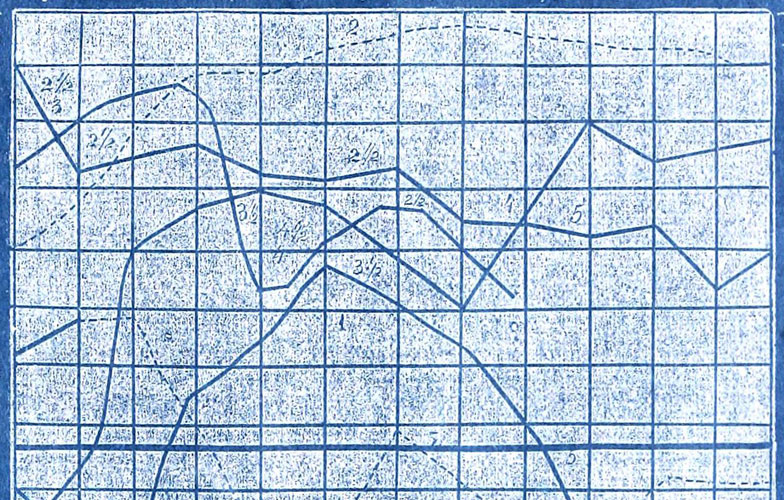
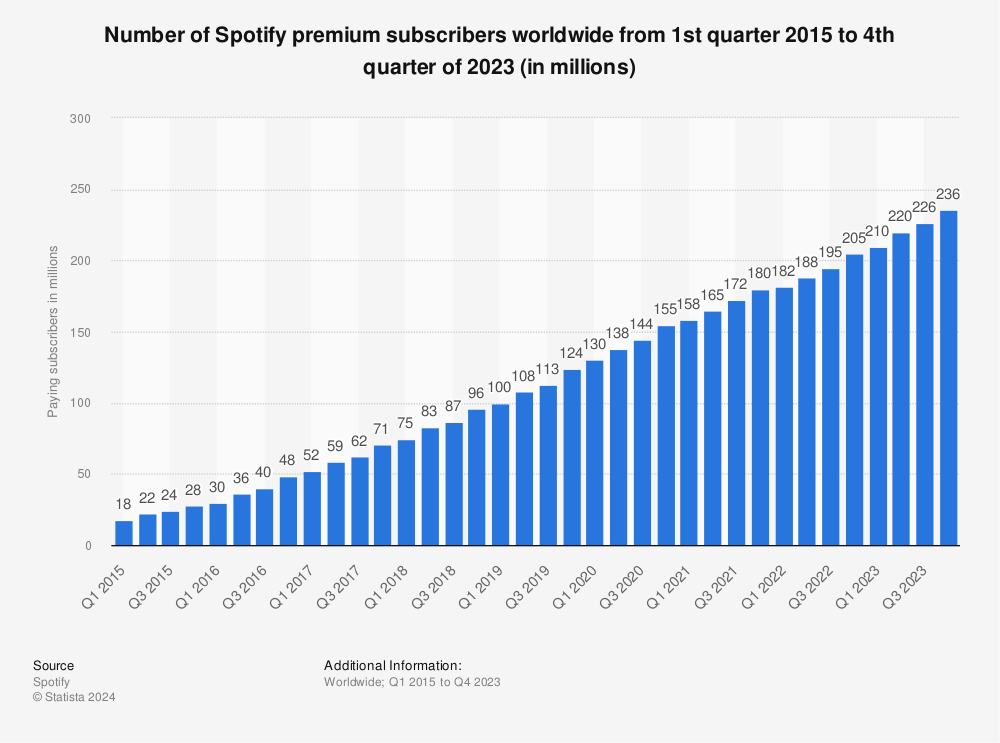


















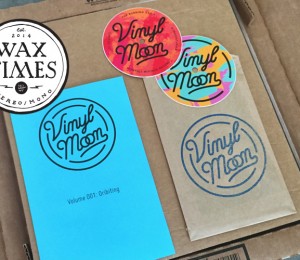
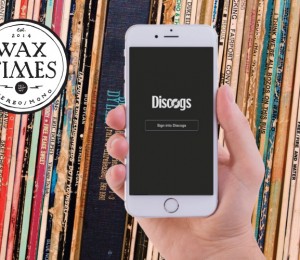
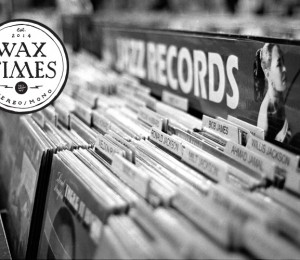
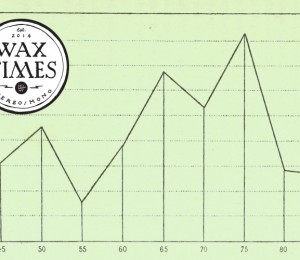
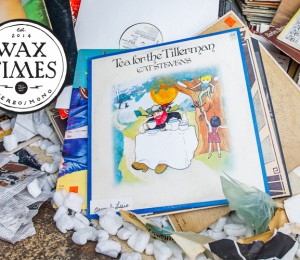
[…] Read the rest of the post here. […]